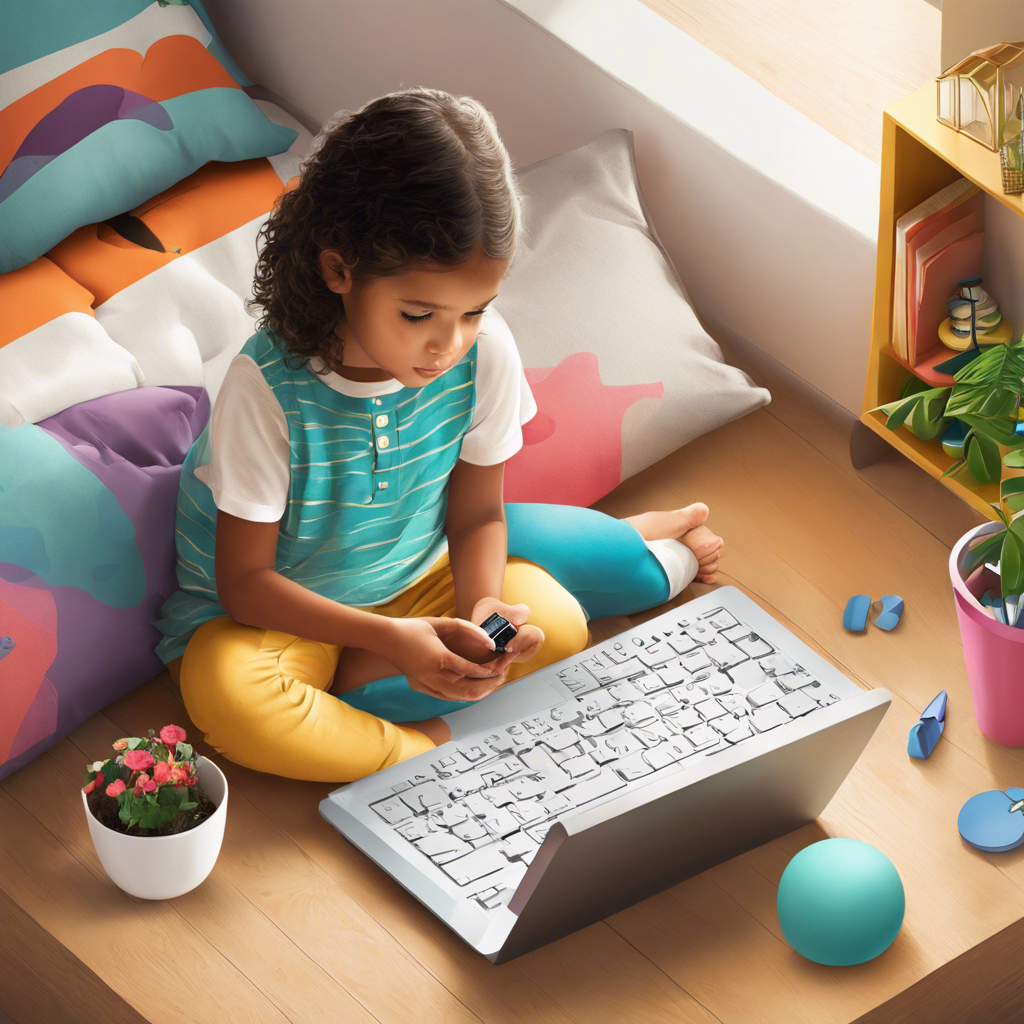In today’s tech-savvy world, children are growing up surrounded by screens. From smartphones and tablets to computers and gaming consoles, digital devices have become an integral part of our daily lives. While these technologies offer numerous benefits, such as educational resources and opportunities for connection, it is crucial to ensure that children’s screen time is balanced and does not negatively impact their well-being.
So, how can parents strike a healthy balance when it comes to their children’s screen time? It starts with understanding the potential impacts of excessive screen time on children’s development and then implementing strategies to create a healthy relationship with technology.
Research suggests that excessive screen time can contribute to a range of issues in children, including obesity, sleep disturbances, behavioral problems, and impaired social skills. It can also impact their ability to focus and regulate their emotions effectively. Therefore, it is essential for parents to be proactive in managing their children’s screen time and providing alternative activities that promote healthy development.
One effective strategy is to establish clear rules and boundaries around screen use. This might include setting time limits, designating tech-free zones or times, and encouraging breaks and offline activities. For example, parents can encourage children to spend time outdoors, engage in creative play, or participate in family activities that do not involve screens. By providing alternative options, children can develop a range of interests and hobbies that extend beyond the digital world.
It is also important to model healthy screen habits as a parent. Children learn by observing the behavior of the adults around them. So, if parents want their children to have a healthy relationship with technology, they need to demonstrate it themselves. This includes being mindful of your own screen time, putting down your devices during family meals or quality time, and engaging in offline activities that your children can emulate.
Additionally, parents can empower their children to make healthy choices by involving them in the decision-making process. Discussing the potential benefits and drawbacks of screen time can help children understand the importance of balance. Together, you can create a family media plan that outlines the expectations and consequences of screen use.
Another strategy is to prioritize quality over quantity when it comes to screen time. Not all screen time is created equal; educational and engaging content can provide learning opportunities. Parents can encourage children to use screens for creative or educational purposes, such as coding, creating digital art, or researching a topic of interest.
It is also beneficial to keep lines of communication open. Talk to your children about their online activities and show an interest in the apps, games, and platforms they enjoy. By having open conversations, you can better understand the content they are engaging with and address any potential risks or concerns.
Finally, it is crucial to provide children with alternative ways to connect and socialize. Encourage them to invite friends over for offline activities or suggest screen-free ways to stay connected, such as playing outdoors or engaging in extracurricular activities together. By fostering these connections, children can develop strong social skills and build meaningful relationships that extend beyond the digital realm.
In conclusion, balancing screen time for children is about creating a healthy relationship with technology. By setting boundaries, providing alternatives, modeling positive behavior, and prioritizing quality screen time, parents can empower their children to reap the benefits of digital devices while also developing essential life skills and a sense of balance. Remember, it’s all about creating a holistic approach to well-being that includes both online and offline experiences.
